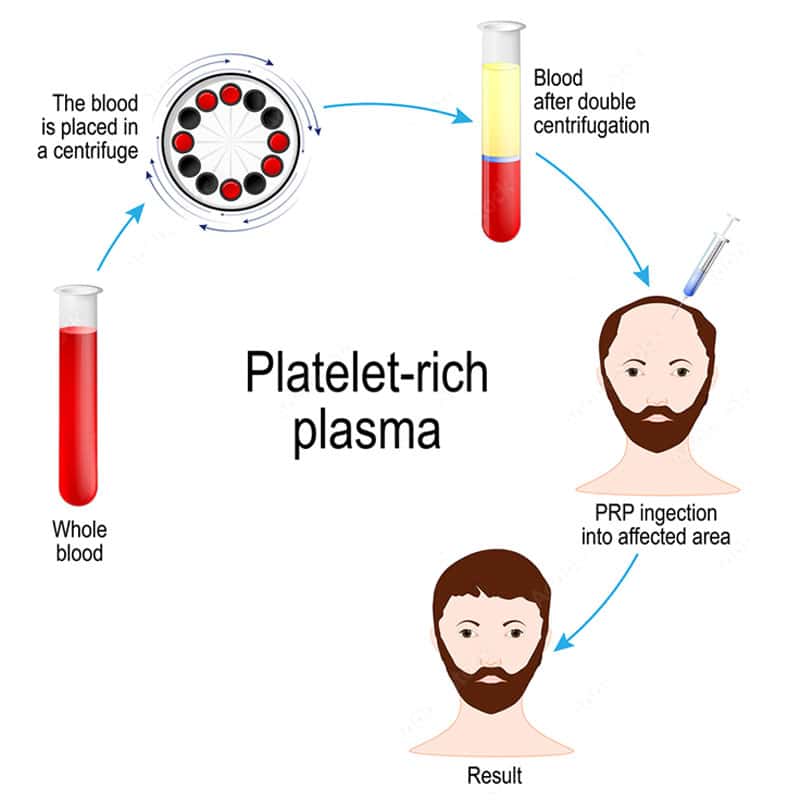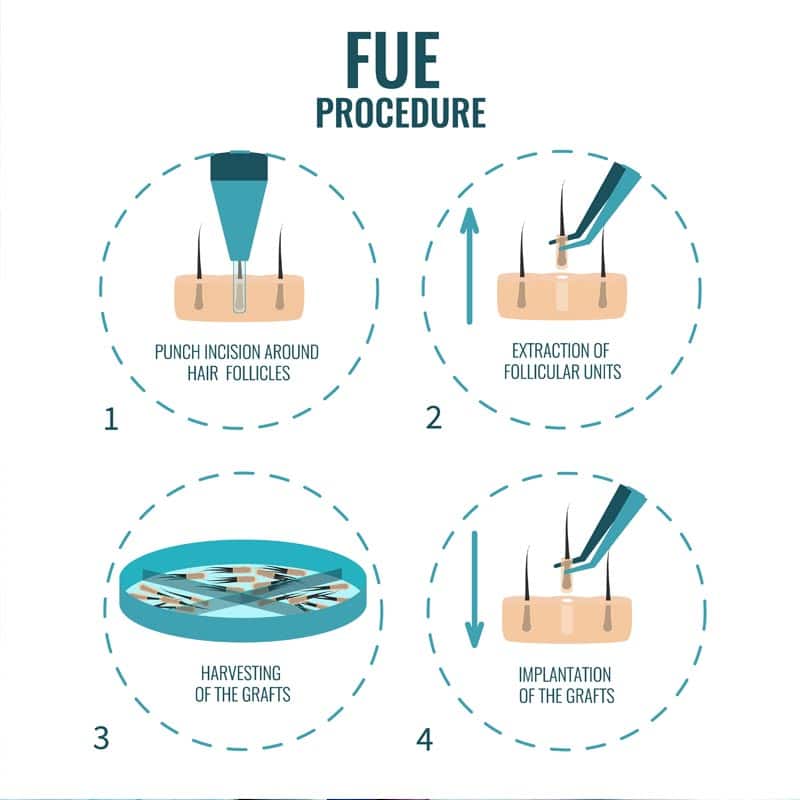Description:
The treatment of ovarian cysts depends on the type, size, and symptoms of the cysts, as well as the patient’s age and overall health. Ovarian cysts are fluid-filled sacs that form on the ovaries and are often harmless. Many cysts resolve on their own without treatment, but some can cause pain or complications such as twisting or rupture.
Indications:
- Functional Cysts: These cysts are common and typically develop during the menstrual cycle. They usually do not cause symptoms and often resolve without treatment.
- Symptomatic Cysts: Cysts that cause pain, a feeling of pressure in the pelvis, or other symptoms.
- Large or Persistent Cysts: Cysts that are larger than 5 cm or persist over multiple menstrual cycles.
- Complications: Cysts that twist (torsion) or rupture, causing sudden, severe pain.
Procedure:
- Observation and Monitoring: For small, asymptomatic cysts, a wait-and-see approach is often taken. Ultrasound examinations are performed at regular intervals to monitor the cysts and ensure they do not grow or cause discomfort.
- Medication: Hormonal contraceptives like birth control pills may be prescribed to prevent the formation of new cysts. They prevent ovulation, thereby reducing the risk of functional cysts.
- Surgical Removal: If the cyst is large, painful, suspicious for cancer, or has twisted, surgery may be necessary. Laparoscopic cyst removal (cystectomy) is a minimally invasive method that removes the cyst without damaging healthy ovarian tissue. In more severe cases, an oophorectomy (removal of the entire ovary) may be necessary.
Benefits:
- Symptom Relief: Treatment can alleviate pain and other symptoms caused by ovarian cysts.
- Prevention of Complications: Early treatment can prevent complications like cyst rupture or ovarian torsion.
- Preservation of Fertility: Many treatments aim to preserve fertility, especially in women of childbearing age.
- Minimally Invasive: Laparoscopic procedures offer a less invasive option with shorter recovery times and lower risks compared to open surgeries.




